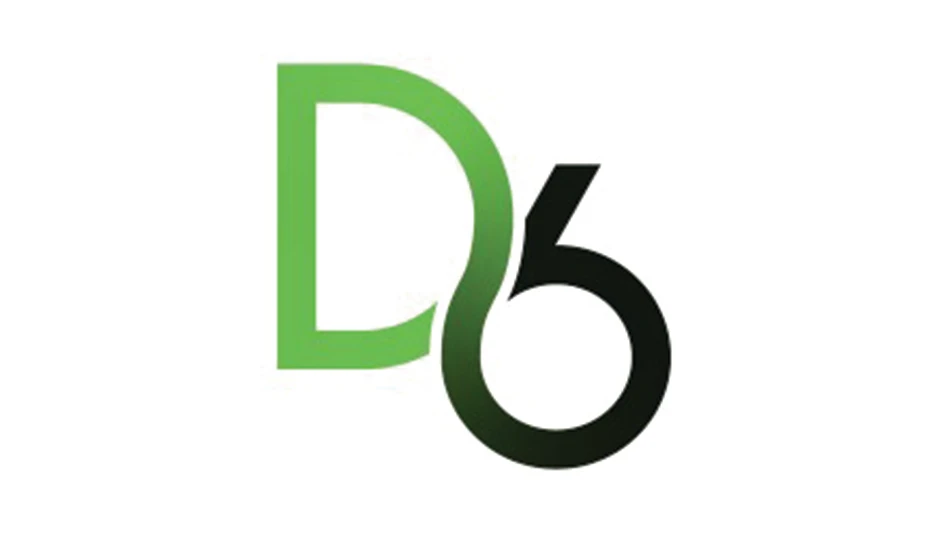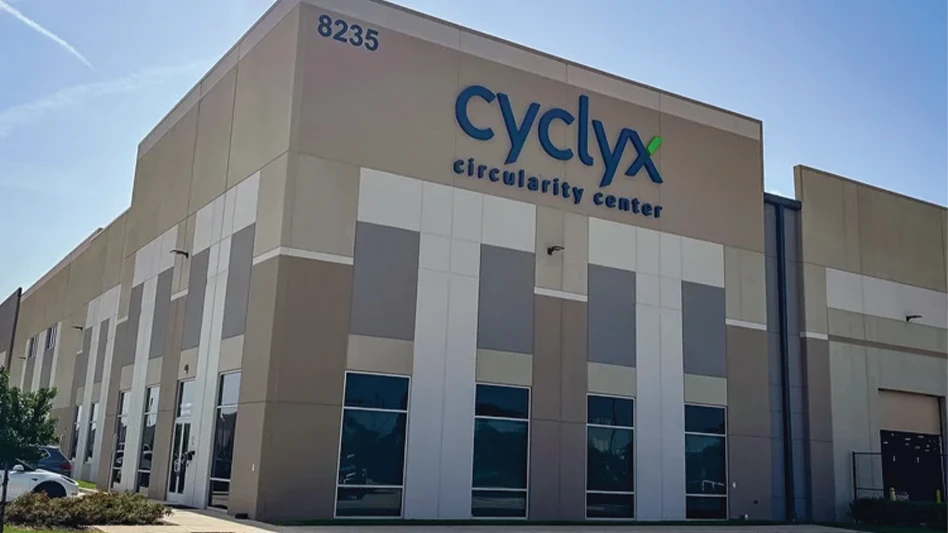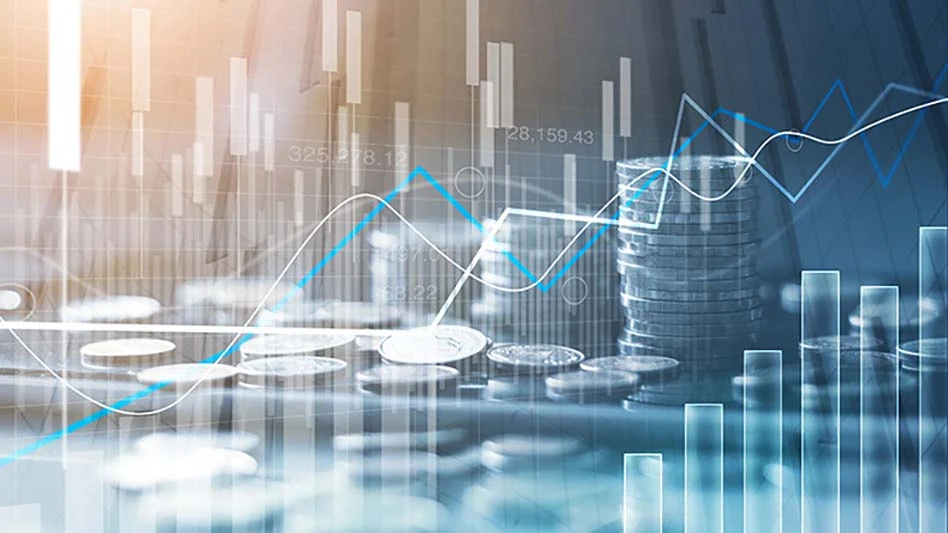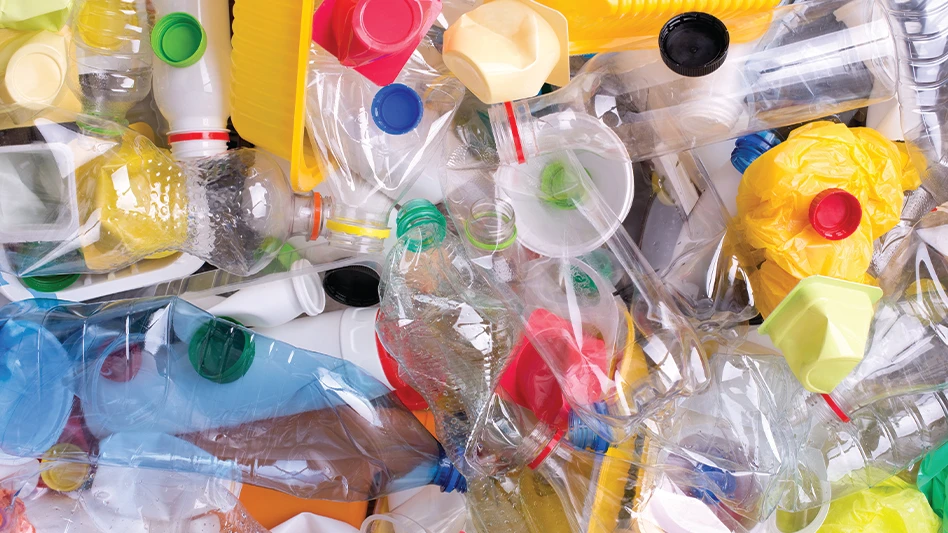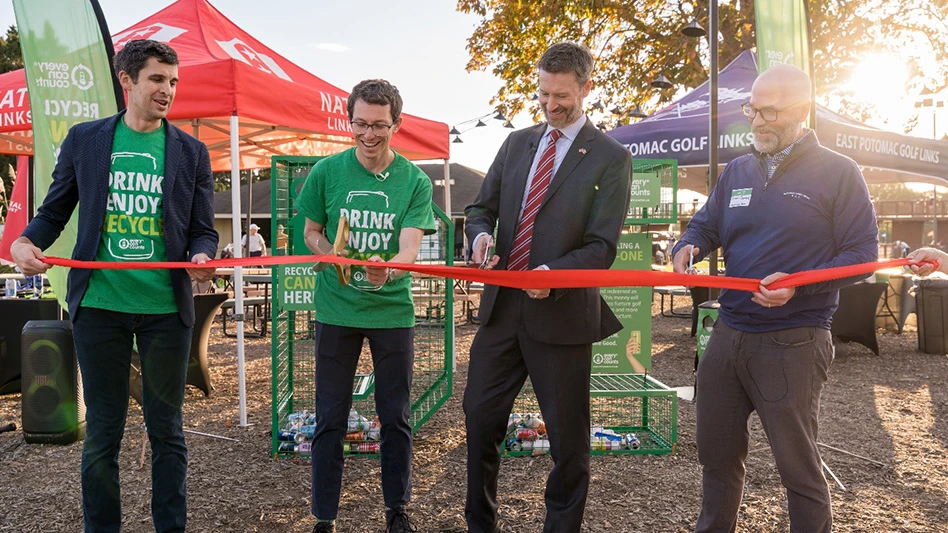Researchers and product developers at Eriez spent part of their 2011 summer preparing the DensitySort Air Table for its rollout to the North American scrap market.
Using space within a newly-purchased 114,000 square foot building in Erie, Pa., researchers led by Dr. Jiang Xinkai and product managers led by Mike Shattuck conducted significant numbers of tests. The Eriez team used samples of shredded mixed metals provided by shredding plant operators from throughout the United States.
The company describes the DensitySort as “a media-free option for fines sorting.” The air table technology has been borrowed and downsized from technology Eriez has long used in the mining industry.
The unit is designed to separate light and heavy fractions in material sized at 0.25-inch-by-1-inch and also 1-inch-by-2-inch fractions without a change to the machine’s setup.
The DensitySort Air Table uses air, vibration and slope to separate the fines fraction. It does not require a media base, such as sand, water or filtration, to achieve separation, which Eriez touts as a cost-savings and operational advantage.
“You do not have to purchase a medium and you do not have to process the material after it’s done to clean the media off the material, so that’s a big cost savings both up front and as you operate,” says Shattuck. He adds the machine also operates without the use of water, eliminating another operating cost inherent in some competing technologies.
| Mike Shattuck demonstrates how the Eriez' DensitySort Air Table works. |
Mixed metals are introduced to the DensitySort at the high point of the table’s slope. Specific mass then directs pieces of metal to the low or high side of the table, providing an upgraded high grade aluminum product (Twitch) as well as a heavy product containing nearly 80 percent heavy metals by weight.
“The big advantage is you’re getting a premium for your [practically copper- and zinc-free] Twitch product and you’re also producing a high-density or ‘heavies’ product rich in copper,” says Shattuck. Pointing to one heavies sample, he says, “This product contains about 25 percent copper after one pass, but when you re-run this over the AirTable, you create about a 40 percent copper content product.”
Get curated news on YOUR industry.
Enter your email to receive our newsletters.
Latest from Recycling Today
- Investors plan to reopen lllinois iron foundry
- Algoma loses money, names new CEO
- ReMA opens nominations for 2026 Young Executive of the Year Award
- PPRC 2025: Tracking EPR’s progress
- North Carolina announces $25M in grant funding to strengthen recycling, waste management infrastructure
- L’Oréal joins Nextloopp Americas
- Ambercycle partners with REI
- WM reports mixed results for Q3

